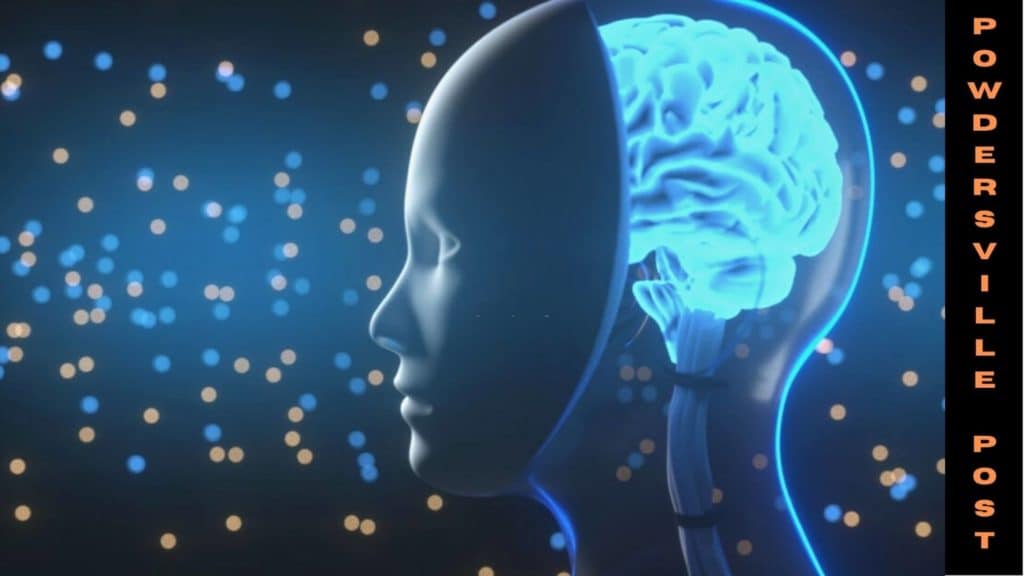Did You Know Our Brain Can Reinterpret Our Body Maps?
Nikki Attkisson | Last Updated : January 24, 2022According to reports on 19th January 2022 by Tohoku University, Japan suggested that all the motor actions performed by our body are mapped out of our brain. You might be thinking that it is not anything new and was known earlier by you.
Did You Know Our Brain Can Reinterpret Our Body Maps?
However, another revelation of the research is that although the brain controls the motor actions, there is still more than one map that the brain has and is used according to the choice of the motor system itself.

Let’s first know about the University where the experiment and research were performed.
Tohoku University in Sendai was Japan’s third national University, and it was opened in 1907. This prestigious University is located on the Aoba Castle, an ancient site of Japan. As prestigious as it is, it would not be shocking for you to know that it is one of Japan’s leading universities.
What Are Body Maps?
There are maps of the human body contained in the brain. This particular feature is known as somatotopy. These maps help the brain locate the emotional sensations in the body and make the neurons around that part receive the inputs correctly. Although researchers say these maps have been in the brain since a child’s birth, they can change with the changes in the person’s body.
Who Conducted This Research?
Professor Kazumichi Matsumiya researched from Tohoku University. He was a part of their Graduate School of Information Sciences, and he teaches Cognitive Psychology and is a Ph.D. holder from the Tokyo Institute of Technology.
Major Awards won by him are the distinguished contributed paper award in the year 2010 from the Society for Information Display International Symposium, Ukai paper award in the year 2012 from the Vision Society of Japan, Japan Society for the promotion of science prize, which in the year 2016 and last but not the least the Minoru Ishida Foundation’s Research Award.
What Was The Experiment?
This particular experiment paper was published on the Journal proceedings of the National Academy of Sciences on 19th January 2022
Kazumichi planned an experiment where the subjects had to point at various parts on their right hand, with the index finger of their left hand, and while these things happened, they were told to monitor these with their eyes continuously. From this, he could have measured the brain’s perceptions for the right hand with the eyes and the left handstand’s movements.
The eye and the left hand pointed at the same spots, but the images were more distorted than before from the pointing. This suggested the existence of a body map separate from the other. This proves the coexistence of different body maps in our brain, and it is seen that the brain can reinterpret different body maps.
What Is The Future Aim Of Using The Experiment?
Professor Kazumichi Matsumiya, a resident of Japan, has stated that nowadays, the population of Japan is facing rapid aging problems leading to several other diseases. Mainly there is a spike in the number of patients with motor Dysfunctionality. By understanding how different people’s bodies are received and understood by their brains, doctors and researchers can move forward in making better and far more effective techniques for rehabilitating patients resulting in better treatment for them.
Conclusion
This experiment or research conducted by Kazumichi Matsumiya is an excellent advancement to make people’s life a bit better than usual, especially for those suffering from motor diseases. We can expect more revelations on the brain’s functioning and how exactly body maps work.
With over 15 years as a practicing journalist, Nikki Attkisson found herself at Powdersville Post now after working at several other publications. She is an award-winning journalist with an entrepreneurial spirit and worked as a journalist covering technology, innovation, environmental issues, politics, health etc. Nikki Attkisson has also worked on product development, content strategy, and editorial management for numerous media companies. She began her career at local news stations and worked as a reporter in national newspapers.
